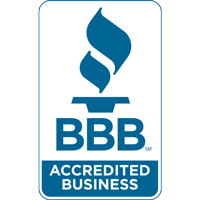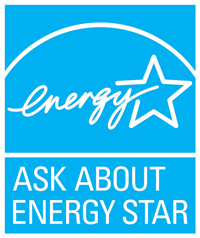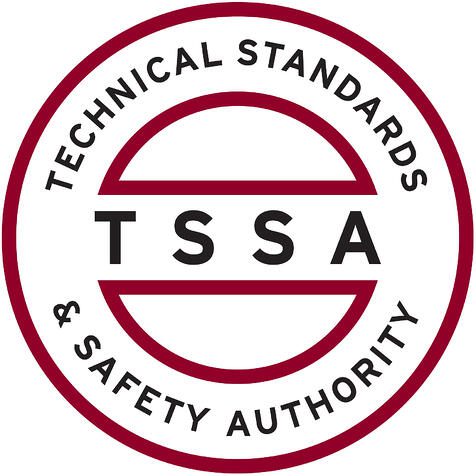
A furnace is almost always a background player at home, helping keep you warm during the cold winter months. It regularly doesn’t get noticed until something goes wrong.
One root cause might be that your furnace has a cracked heat exchanger. It can potentially be hazardous, so it’s critical to learn the symptoms of a cracked heat exchanger and what you should do if you believe that might be the problem.
What Is a Heat Exchanger in a Furnace?
A heat exchanger transfers heat from the combustion chamber in your furnace to the air that circulates through the air ducts. It usually handles this through coils or tubes that warm the air while acting as a barrier to keep the gasses formed in the combustion chamber, called flue gasses, from leaking out into your home.
Is a Cracked Heat Exchanger Dangerous?
Because of its key role, it shouldn't come as a surprise that a damaged heat exchanger can be very dangerous. A crack in the heat exchanger can permit dangerous gasses – like carbon monoxide, which can be lethal – to be distributed throughout your home.
For this reason, do NOT use your heating if you suspect there's a crack in the heat exchanger, as doing so could make your entire family sick. Contact an HVAC professional immediately if you are worried your heater has a cracked heat exchanger that needs repair.
Four Symptoms of a Cracked Heat Exchanger:
- Furnace shuts off: A crack in your heat exchanger could cause your furnace to turn off.
- Odd Smells: If the air coming out of your furnace has an intense chemical odor, it might be an indicator that gas is leaking through cracks in your heat exchanger. These byproducts, which will often smell like formaldehyde, are a common warning sign.
- Carbon monoxide alarm initiates or you feel health problems: If a cracked heat exchanger is releasing carbon monoxide into your home, your carbon monoxide alarm may go off or family members might start experiencing signs of carbon monoxide poisoning. Symptoms include headaches, dizziness, weakness, nausea, vomiting or feeling drowsy. If an alarm goes off or you feel unwell, exit the home as soon as you can and then call for help.
- Soot: If you find black sooty buildup near the exterior of your furnace, it’s an indication something might be seriously wrong.
What You Should Do if Your Furnace Heat Exchanger is Cracked
If you suspect your furnace has a cracked heat exchanger, hire a professional experienced in furnace installation Dresden as soon as possible so they can examine your system and, if required, perform a furnace heat exchanger replacement. Costs should differ depending on the situation, but estimates can roughly suggest $1,000 to $3,000.
However, the good news is that heat exchangers are often protected by the warranty. You’ll want to check the warranty paperwork on your furnace, since while the warranty might not cover the entire cost of repairs, it can significantly shrink your bill.
How to Prevent a Cracked Heat Exchanger in Your Home
One of the easiest ways to avoid problems in your furnace overall is through routine furnace maintenance. Furnaces work the best when they work efficiently. Contacting a certified professional to examine your furnace for worn-out parts, dirty filters and other potential problems can help you avoid getting a big bill later on.
It’s also a good idea to take a look at your furnace filters every few months – it’s ideal some filters be changed every 90 days or sooner if they are dirty or grimy. While the filters aren't connected to the heat exchanger itself, the strain of pulling air through a clogged filter makes your entire furnace work longer to complete its job. And the harder your furnace has to work, the more deterioration pieces like the heat exchanger will experience.




